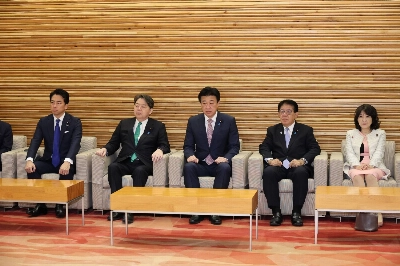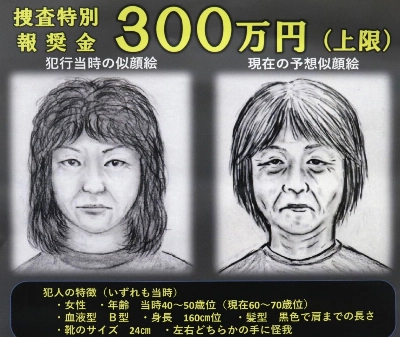The Abe administration's much-touted plan to promote the "dynamic engagement of all citizens" — whether or not it's aptly named — seems to set a correct policy direction. Calling Japan's aging population and low birthrate a root cause that hampers economic growth, the plan says it will achieve a "virtuous cycle of growth and redistribution" by bolstering the foundations of social security systems to encourage people to spend more. It calls for increased wages for the growing ranks of irregular workers and raising legal minimum wages, and providing better child-care support and elderly nursing-care services to make the most of the nation's labor potential.
Few would object to much of the wide-ranging agenda laid out in the plan. The question is how seriously the government is committed to implementing the policies. Some of the policy goals lack concrete details on how they will be achieved, others are not accompanied by plans to finance them, while still others are mentioned as subjects for future consideration.
Redistribution policy used to be more a trademark of the opposition parties, and Prime Minister Shinzo Abe's newfound emphasis on these topic — after more than three years of his generally business-friendly policies — has invited questions whether it's a tactic to defuse potential campaign issues ahead of the Upper House election this summer. Since the plan is billed as a road map of policies for the coming decade, the proposed measures must not end up being merely a campaign ploy but be steadily implemented over the long term. How the government follows through on the promised steps needs to be closely monitored.

















With your current subscription plan you can comment on stories. However, before writing your first comment, please create a display name in the Profile section of your subscriber account page.